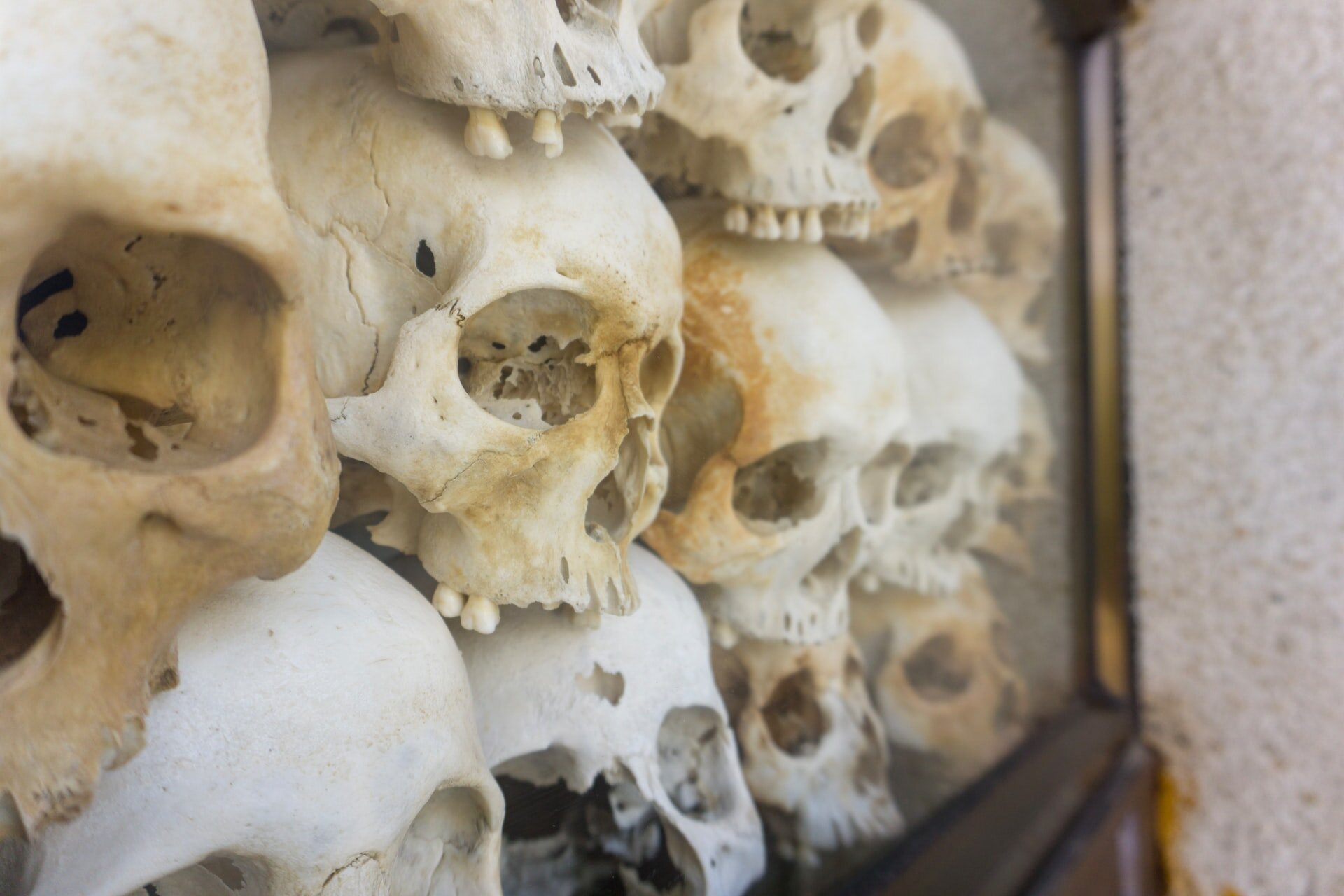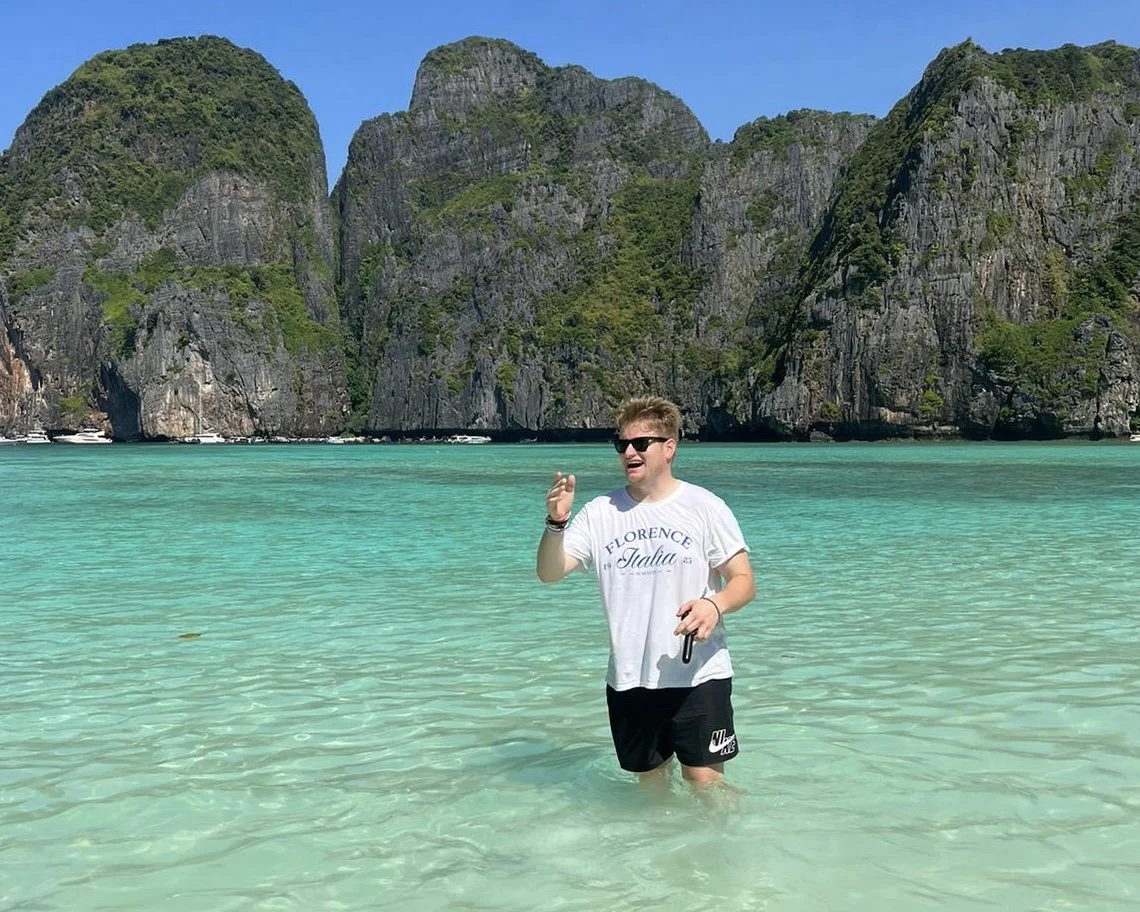6 places that should be UNESCO World Heritage Sites
/Head to Moscow’s Izmailovo Kremlin for a colourful experience.
Last year, UNESCO did their annual updating of their list of World Heritage Sites, adding fascinating sites such as Gran Canaria’s Risco Caido and the Sacred Mountains, the Sanctuary of Bom Jesus do Monte in Braga, Macedonia’s Ohrid Region, the city of Jaipur in India and Jodrell Bank in Manchester, to name a few.
But while their extensive list features a vast amount of cultural riches, some miss the cut. Here is a selection of some stunning places and landmarks that, head-scratchingly, are yet to make the UNESCO cut.
Izmailovo Kremlin, Moscow, Russia
Chilling out on the throne at Izmailovo Kremlin.
Moscow is a grand city the hidden gem of Russia’s capital is the Izmailovo Kremlin. Not to be confused with the Red Square complex (known simply as The Kremlin) where Vladimir Putin and company take chair, Izmailovo Kremlin looks as though it has been plucked straight from a storybook, with an assortment of colourful wooden buildings with tiled roofs, towering spires and cultural attractions including a chocolate museum, gingerbread shop and the Church of St Nicholas, the patron saint of crafts and trades.
Geographic South Pole, Antarctica
The Geographic South Pole basking in the glow of the Southern Lights.
The location of the true South Pole marks something that has unified humanity like very few places have before, captivating the hearts and minds of explorers in a similar way to the space race. Remarkably, and perhaps to prevent an international incident due to various land claims by a multitude of countries on the coldest continent, the Geographic South Pole has never been granted World Heritage status.
Batu Caves, Gombak, Malaysia
I wasn’t expecting a trip to the Batu Caves to be so colourful.
One of Malaysia’s most striking and Instagrammable locations, the 400 million-year-old Batu Caves somehow isn’t a UNESCO World Heritage Site. This cavern system is an excellent example of geological history and the formation of caves, and the Hindu temples inside the caves and the colourful stairs that lead up to it are an impressive sight.
Antelope Canyon, Arizona, USA
Antelope Canyon is often overshadowed by its neighbour, the Grand Canyon.
Although a popular spot for hikers, the stunning red and orange hues of Antelope Canyon have somehow avoided inclusion on UNESCO’s World Heritage Sites List. These two stunning slot canyons allow for stunning patterns when sunlight filters through the cracks and its Navajo name, “the place where water runs through rocks,” is an allusion to the canyon’s creation by flood erosion.
The beaches of Normandy, France
The beaches of Normandy were where the famous D-Day landings took place.
The beaches of Normandy, France were not a tourist destination just over 75 years ago. Rather, they were the sight of one of the most poignant events in European history – the D-Day landings, where the Allied Forces began their charge to liberate the continent from years of German military operation. While the shores of Omaha, Utah, Gold, Juno and Sword beaches are still accessible today, many fear that potential development in the area might threaten future generations from visiting and acknowledging the 24,000 soldiers who fought there. Surely UNESCO status would help preserve the area and allay any fears.
Khmer Rouge Killing Fields, Cambodia
Skulls from victims of the Khmer Rouge on display at Choeung Ek Genocidal Center in Phnom Penh.
One of the first UNESCO World Heritage Sites to be designated was the concentration camp of Auschwitz-Birkenau in Poland, immortalising one of humanity’s darkest moments and portraying the camp as an everlasting reminder that this particular piece of history should never repeat itself. From 1975 to 1979, an equally atrocious event occurred in Cambodia when dictator Pol Pot rose to power and started a massacre of Nazi proportions, executing approximately 1.5 million people. While visitors can visit the site today, questionably, UNESCO hasn’t granted the coveted status that similar places receive.






















Travelling alone can be both daunting and exhilarating, so, to help with your debut, here are 11 tips for your first solo travel adventure.